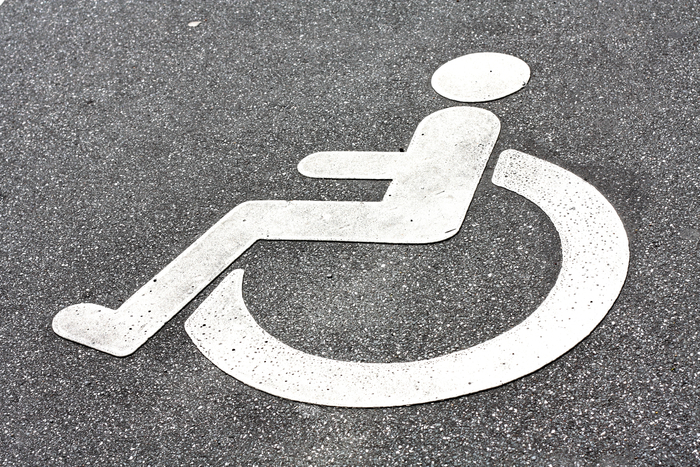
The first thing that comes to mind related with disabilities is usually physical impairments affecting vision, movement, speaking or hearing, since they are easiest to observe and therefore, leave a greater impact in our minds. However, disabilities are not limited to only physical, there are also psychological and mental, which alter the process of thinking, remembering and learning, as well as communicating and creating and maintaining social relationships. Often psychological and mental disabilities are not that recognized and therefore treated. Anxiety, depression, mood swings, bipolar disorder, etc. are examples of such impairments that are frequently ignored or not taken seriously and that can obstruct the work efficiency and performance. There should not be discrimination between disabilities. If an employee has been diagnosed with any type of disability, physical, psychological or mental it is important to approach this by establishing a proper accommodation of the issue. Creating a suitable work conditions is of great value. For people with physical disabilities, simply offering an easy access to the work place, work information and materials can take down a lot of barriers. For psychological or mental disabilities that have troubles with learning, for example, a specific mean of communication can be stressful or not efficient, while other works in a positive way and so on. Every type of impairment has its own best fitting work solution and communicating about it is important to find that best way.
Understanding well, the types of disability the employee has, is important for creating the adequate work environment and conditions that will help that person in his working process. However, removing possible environment barriers for people with disabilities is only the first step. It is important also to remove the social ones as well. How to treat and communicate with people with disabilities on the work place is one of the major questions that arise in such situation. The general answer is to be respectful above all. Most of the people who have some kind of disability have adapted to it and don’t want be treated socially in a different way than people without disabilities. Showing pity and concern, jumping into helping without asking first, even if done with good intentions, can be very offensive and socially damaging. Keeping an open communication is the best way of interacting with people with impairments. If you don’t know what terminology to use or how you can help or any other questions you have, it is advisable to ask that person. Most of the people with disabilities are used to this and will be open to communicate about it. Making assumptions can lead to negative outcomes of the interaction.
Working with people with disabilities is an important part of the circle of diversity on the work place that needs to be properly addressed. Getting in depth and understanding better the phenomenon is always the first key step.
By: Iva Plocheva
